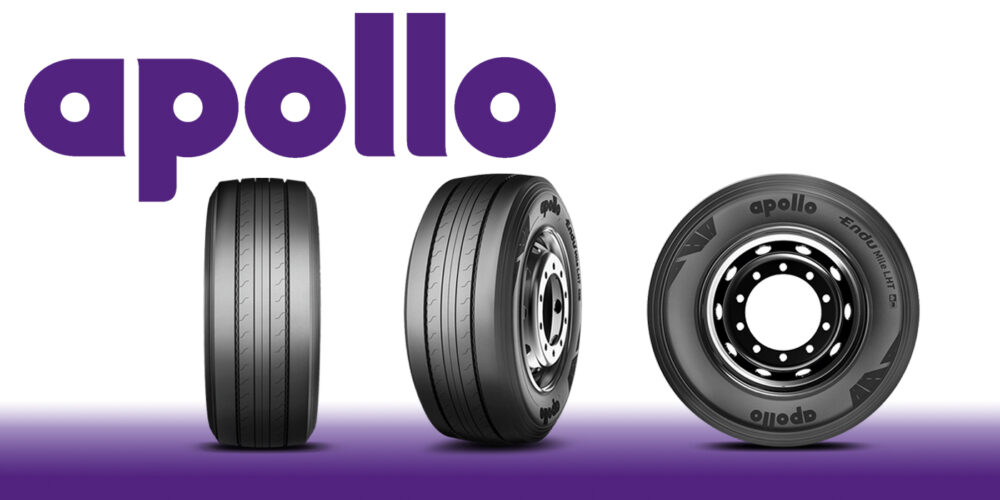Maintaining proper tire inflation pressure is a goal for every fleet manager. When the proper air pressure is correctly set, tire removal miles, fuel economy and retreadability all are maximized. Air carries and supports vehicle loads; in a perfect world, depending on the specific load, the inflation pressure should be set accordingly.
If a loaded tire is carrying 6,000 lbs. when run on the steer position, then the recommended tire inflation is 110 PSI for the common 295/75R22.5 low profile tire size. Load-inflation tables state the designed tire pressure defined for given tire loads. These tables are readily available on all the tire companies’ websites. However, be careful when reading these charts, since the recommended pressures vary depending on tires being run as singles or as duals.
Since it is totally impractical to change tire pressures every time the trailer load changes, the recommended tire pressure setting must be based on the worst case load scenario. Even though the average load may be significantly lower than the worst case load, it still is very important to set the pressure based on that worst case load scenario.
Fleet tire managers typically ask how frequently they should be checking tire pressures—and why tires lose so much air during the course of the year. There really are only four reasons why tires lose air:
1. Osmosis of air through the tire casing can lead to a loss of 1 to 3 PSI per month, depending on the specific tire make and model. The type of compounds used in the manufacture of the tire can have a big impact on osmosis. The composition and gauge of the tire innerliner compound also plays a significant role in osmosis. Losing 2 PSI per month does not sound like very much, but after 12 months the tire would be considered “flat” and should be removed from service. If a tire is measured to be 20% under the fleet’s specification, the industry recommendation is to remove the tire from service, dismount and determine exactly what is going on with the tire.
2. Slow leaking punctures in the tread are the leading cause of tires losing air. A nail embedded in a tire’s groove may cause a loss of 2 or 3 PSI per day, not 2 or 3 PSI per month as with osmosis. You can check the tire pressure before the vehicle leaves the yard in the morning, yet pick up a nail just a few minutes later.
3. Leaking valve stems and cores are another cause of low tire pressure. Over-tightening valve cores can lead to loss of air. There actually is a specification of 4 in.-lbs. of torque on a tire valve core. Valve core pre-set torque wrenches are available through tire supply companies.
4. Finally, tires lose air through impact breaks. Running over large objects and hitting the curbs on those right-handed turns can lead to air loss, which is usually sudden and will lead to an emergency roadside service call.
So, how frequently should a fleet be checking tire pressures? It depends on the type of service vocation. If vehicles see a high volume of mixed service and are on unpaved roads, then tires need to be checked a lot more frequently than tires running on vehicles that are going coast-to-coast over the interstates.
If the vehicles are coming back home every night and travel on good roads, then a once a week check of tire pressures is the standard recommendation. However, it always is a good practice to check tire pressures as often as is practical.
Having said that, it is fair to note that the drawback with checking tire pressures frequently is that it just takes time. Checking the pressure of 18 tires with valve caps on one rig can take up to 15 minutes to complete.
Finally word of advice—always use a pressure gauge that has been calibrated. Some stick gauges are adjustable by turning a screw located in the bottom of the gauge. Many truck stops have air inflation calibration stations to check your pressure gauges. Even brand new pressure gauges out of the box are only accurate to +/- 3 PSI, so it is a good idea to check your gauges for accuracy on a regular basis.













